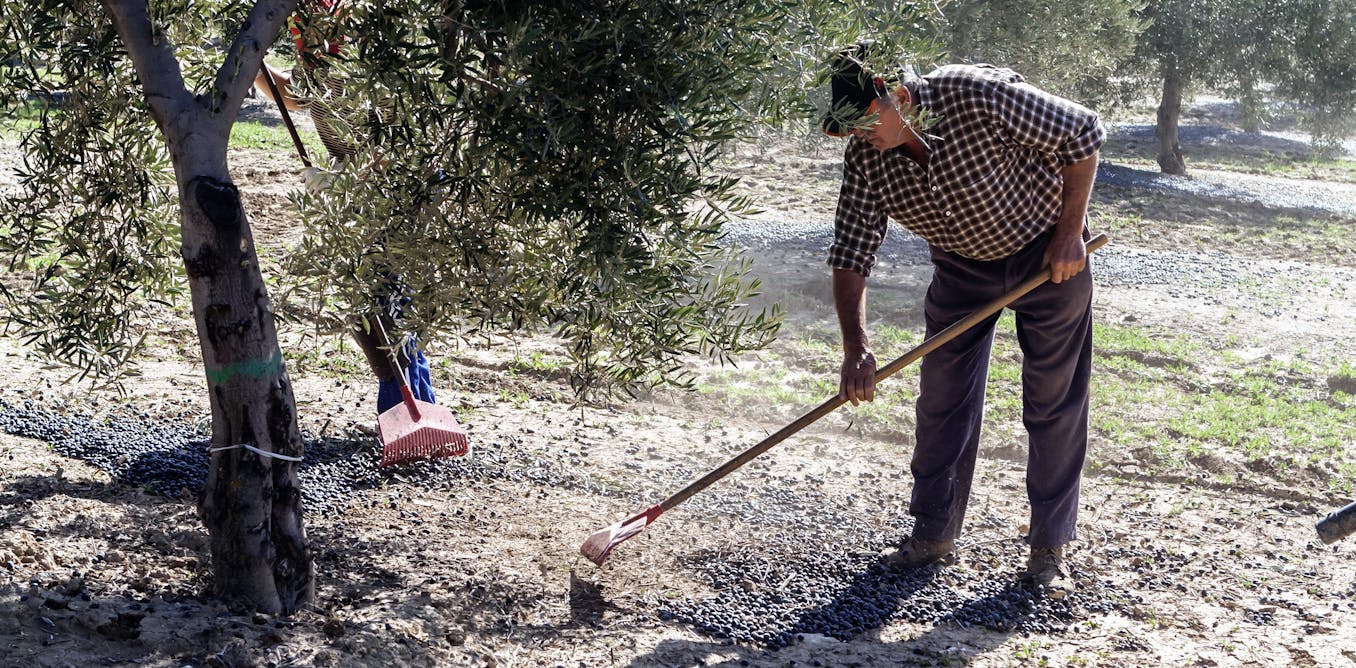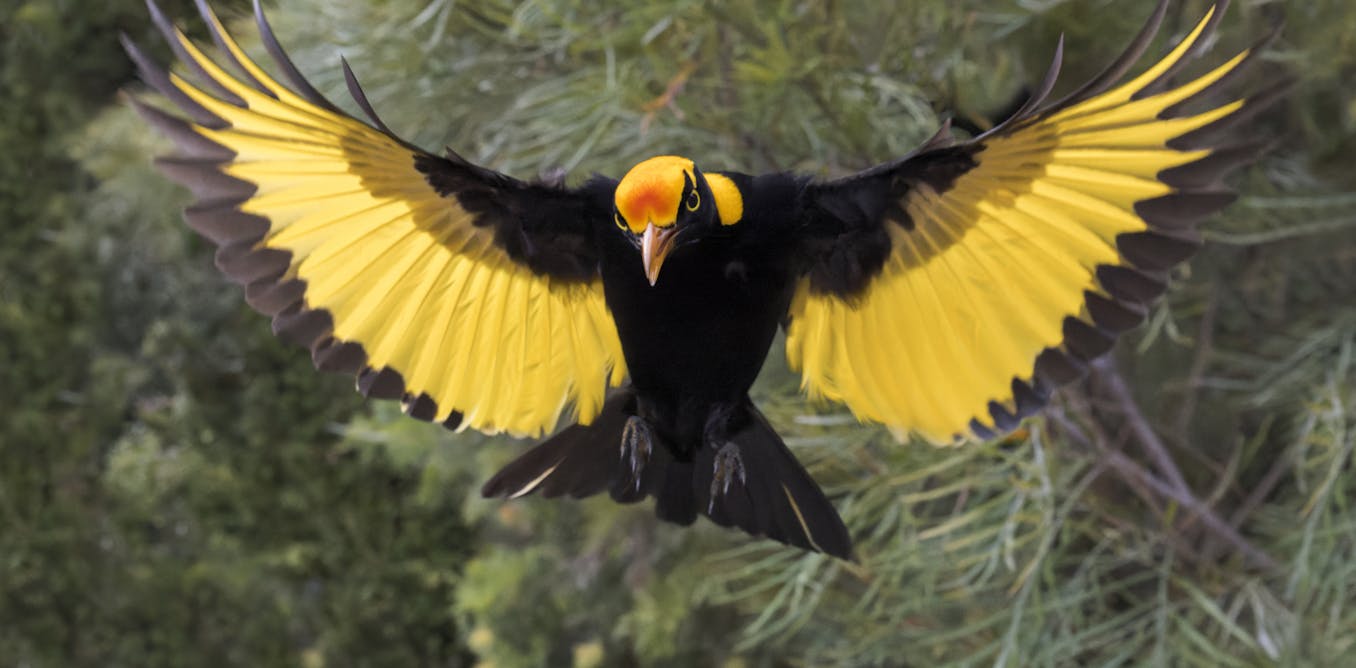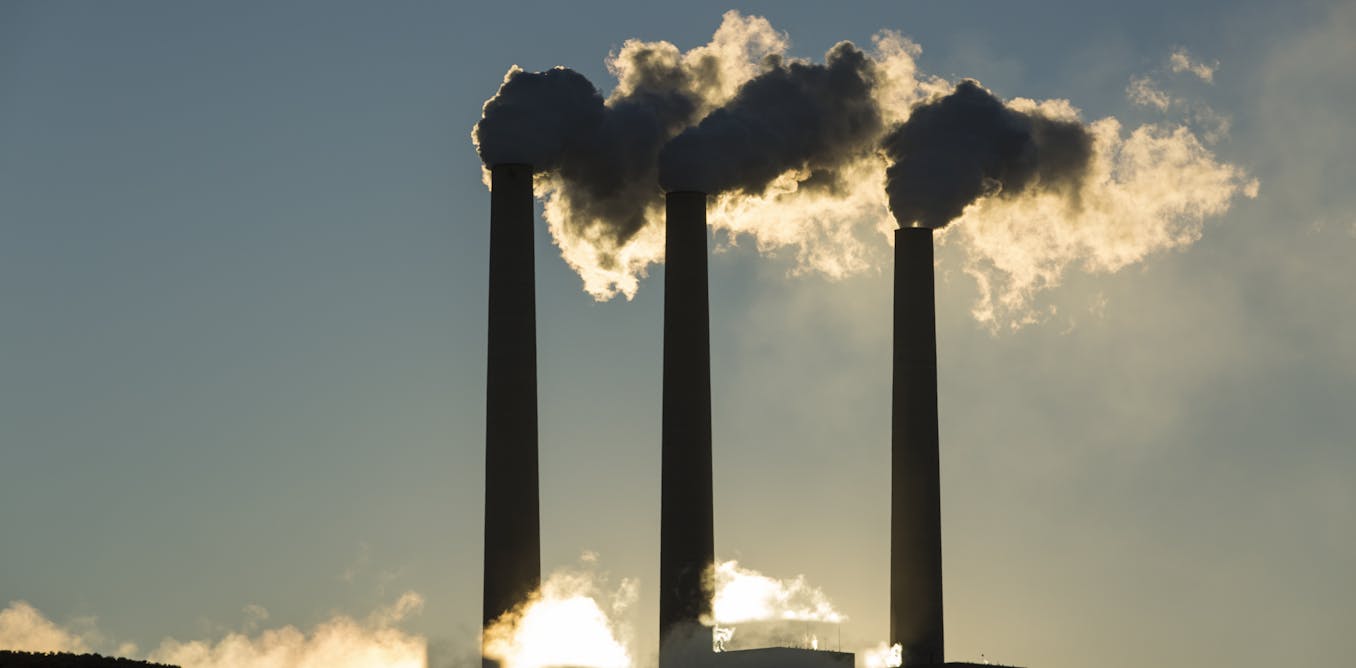Japan’s natural indigo dyeing tradition has been around for centuries, but the introduction of synthetic alternatives in the 1800s posed a significant threat to the industry. Despite this challenge, a few masters in Japan’s Tokushima Prefecture continue to practice the ancient art of making sukumo, a unique form of natural indigo dye. The yearlong process of growing and fermenting natural indigo is labor-intensive and time-consuming, making it difficult to compete with the efficiency and cost-effectiveness of synthetic dyes. As a result, natural indigo is now mainly used for niche purposes such as limited-edition items, while the denim industry relies heavily on synthetic alternatives, using around 55,000 tons of synthetic indigo per year.
One of the main drawbacks of synthetic indigo is its reliance on toxic chemicals and large amounts of water, making it a less sustainable option compared to natural indigo. Industry experts believe that natural indigo could serve as a more environmentally friendly alternative, but the question remains whether it can be scaled up to meet the demands of the modern market. To explore how natural indigo is still being preserved in Japan, we visited the Watanabe farm and workshop in Kamiita, where the traditional art of natural indigo dyeing is still practiced.
Despite the challenges posed by synthetic alternatives, the determination of these craftsmen to keep the eight-century-old tradition of natural indigo dyeing alive is truly remarkable. By showcasing the sustainability and uniqueness of natural indigo, they are not only preserving a valuable cultural heritage but also offering consumers a more eco-friendly option in a world increasingly concerned about environmental impact. As industries continue to explore sustainable practices, the perseverance of Japan’s natural indigo dyeing tradition serves as a testament to the enduring value of traditional craftsmanship in a modern world.
Watch the video by Business Insider
Video “How Japan’s Natural Indigo Dyeing Tradition Survived The Rise Of Synthetic Indigo | Business Insider” was uploaded on 03/12/2025 to Youtube Channel Business Insider








































0:28 I still dont understand why someone would pay for jeans that come predamaged. Don't tell me fashion.
Those are the same people who pay for pants that are pre dirty
oh the niche stuff is nice 30 times more expensive a very boutique product…not for everyone as its to expensive
There is a huge environmental cost to everything we do you just gotta figure out what the less evil you wanna go with do you wanna go and raise indigo plants but have to use water field fertilizer pesticide land or do you wanna go with the chemical stuff which is no better And it can make people and Animals very sick
was watching documentaries on Indigo, and here we are, a timely new episode dropped from BI, never clicked on a video this fast
There’s a guy named Bizzaro in Tulsa making merch with natural indigo today!
This might be the darkest black I’ve ever seen. The pigmentation is absurdly stupid dark. Some foreign countries will use plants and other natural resources to create their own cosmetics, paint, and other materials. It’s amazing how these colors can be crafted with such little exertion.
Evidently, Watanabe never learned about wearing gloves.
Someday, Business Insider is going to tell a tale of someone who is still making buggy whips and what a shame it is that few people are buying them anymore.
My favorite color
His passion energy and enthusiasm for indigo are crazy!
💙
The vicious cycle is happening everywhere. Natural dying, wool, leather, and cotton, the same tragic situation is happening everywhere. When synthetic, plastic based materials first come up, although they may be cheaper, natural materials are still at usuable price range. But overtime, as more companies choose synthetic materials for bigger margin, the natural material market starts to shrink, suppliers suffer, amount of supply decrease, and eventually they much become more expensive and rare materials.
This pattern has been happening eveywhere over 100 years.
And look at us now.
Plastic clothing, plastic items are everywhere, yet are they significantly cheaper than natural material items from decades ago?
No! This plastic garbages are somehow still expensive even though their quality is often far inferior compared to natural materials.
We should stop this trend. Be more concious when buying something. We should stop letting marketing from interfering our decision making, and buy more natural materials, making them more affordable in the future.
Obsolete, but not irrelevant
It’s an inspiring story; passion is the driving force here.
I admire the drive shown to keep a tradition a viable concern.
The finished product is beautiful too.
I am at the beginning of my "investment journey", planning to put 385K into dividend stocks so that I will be making up to 30% annually in dividend returns. any good stock recommendation on great performing stocks will be appreciated!!!
This kind of craftsmanship is going away all around the world
Such a wholesome video and absolutely dedicated lovely people, thanks for the video!
❤That Japanese guy conducts research to make indigo dye precisely, working day by day. I salute him.
Those kinds of indigo plants are abundant in Myanmar. No one knows about their use in making dye, but they are used as traditional medicine.
Thanks for the knowledgeable documentary. ❤
I really hate the dangerous chemicals argument, here's why:
In any competent chemical plant making Hydrogen Cyanide or Formaldehyde, this is a closed process with literally 0 releases to land air or sea. The 55,000 tons of indigo production is not really a significant portion of chemical production, nor is it a particularly dangerous or polluting process.
Instead of ever making the argument that we should be using natural indigo, the argument should be that we can pay a little extra, say $3 per pound of synthetic indigo to improve safety and efficiency and reduce pollutants at the indigo factory.
We don't dig up bird poop islands for fertilizer anymore because it's just not efficient compared to mining phosphates. This is no different. $50 per pound for natural indigo is crazy prices relegating it to a luxury market. I respect the work these guys are putting in, and tradition should be preserved, but it's just not efficient commercially.
The only reason to even mention the chemicals that are catalyzed to create the indigo is so the narrator can talk about the scary sounding names. Unless it is explained exactly how those chemicals are dangerous and examples of current pollution disasters, that's just virtue signaling.
Shinya's enthusiasm is infectious! He's an excellent teacher. (Shinya could probably sell a blank page to 3 different people at the same time! lol) I hope Kente will be able to pass on his knowledge. Keeping Japanese arts intact is so important.
If these guys were criminals, you'll never catch them red handed..
I mean if the stuff is identical and only the process has issues then make the process better and prevent factories from dumping.
Perhaps yeast or ecoli can be engineered to break down the waste.
Great content, thanks for sharing! Just a quick off-topic question: I have a OKX wallet with USDT, and I have the seed phrase. (host hair point assault nominee walk plate focus idea analyst metal liberty),What's the best way to move them to Binance?
Go Tokushima! ❤
i am always impressed with how the Japanese do things.
their level of conviction in achieving perfection by not rushing things is inspiring to say the least. i hope this process if kept alive and that mans hands stay dyed indigo for a long time to come!
Non toxic and long lasting. Unlike what supermarkets offer